Ayurvedic Skin Care: Your Complete Guide To Healthy Skin
Learn about the best ancient practices to get healthy and beautiful skin naturally.
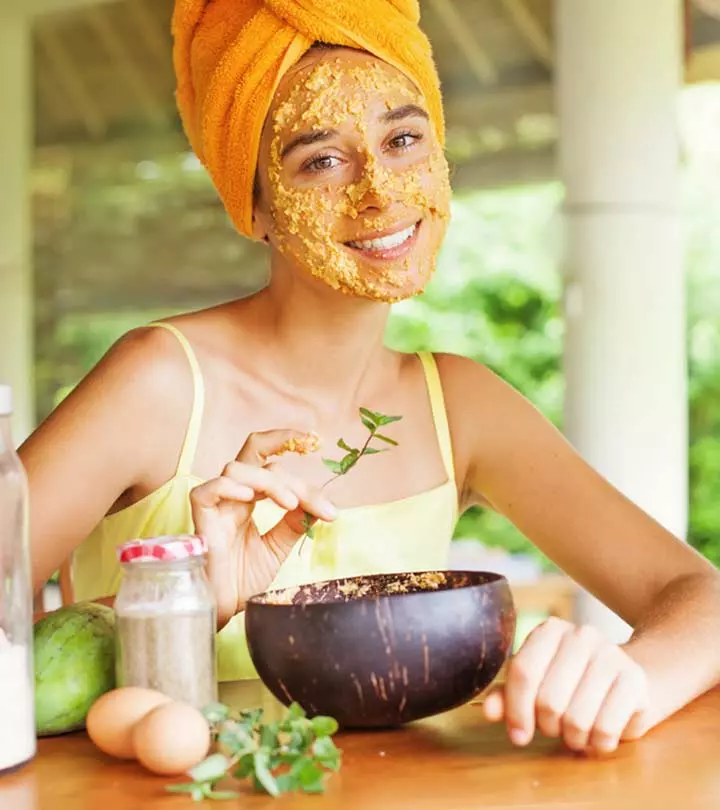
Image: Shutterstock
Ayurveda is a unique blend of art and science that promotes natural beauty. It is a way of life that motivates us to live a healthy lifestyle. Ayurvedic skincare is distinct from other forms of beauty practices. In Ayurveda, it is all about internal well-being, which subsequently emerges as a natural glow on your skin. This 5000-year-old skin science offers the finest remedies for most skin conditions in the world. Concentrating on a healthy lifestyle and total well-being to retain your attractiveness makes Ayurveda relevant even today.
Are you interested in learning more about Ayurveda for skin and how you may benefit from it? Then, keep reading!
In This Article
What Is Ayurvedic Skincare?
The term Ayurveda is the combination of two Sanskrit words: ayur, which means life, and veda, which means knowledge or science. Hence, Ayurveda means the knowledge of life or the science of life. It is based on the concept that an ailment is caused by a disturbance or imbalance in an individual’s consciousness. Ayurveda suggests the use of natural therapies and lifestyle changes to restore the balance between the mind, spirit, body, and the environment (1). Ayurvedic skincare stems from this concept.
Ayurvedic beauty tips for glowing skin involve the use of herbal formulations, essential oils, fruit extracts, and other organic ingredients. But this self-beautification practice is not limited to Ayurveda skin care products and procedures alone. It is a holistic approach that involves an internal purification process through a healthy diet and lifestyle changes. The idea is to eliminate impurities and cleanse the whole system to ensure an attractive external appearance along with good health (1), (2).
But before you can begin your Ayurvedic treatment for skin, you need to know your Ayurvedic skin type. We will explore more in the next section.
Key Takeaways
- Ayurveda focuses on removing impurities, cleansing the whole system, and maintaining good health.
- You can prepare Ayurvedic face masks for acne-prone skin, suntan, and healthy skin.
- You will get the best results from Ayurvedic skin care products only if you follow a healthy lifestyle and diet.
Understanding Your Ayurvedic Skin Type
In Ayurveda, Prakriti, or the constitution of the mind and body, plays an important role. Each individual is born with a unique mind-body constitution. This constitution is determined by the influence and dominance of physical, psychological, and physiological characteristics in an individual. In simple words, Prakriti refers to the overall nature of a person (3).
According to Ayurveda, the entire human population can be classified into three major constitutions known as Vata, Pitta, and Kapha (4). This classification is done based on the predominance of a Dosha in an individual (3).
Dosha refers to an important concept of Ayurveda that specifies that everything on earth, including all living beings, is made of five elements in different ratios. These elements are Akash (space or ether), Vayu (air), Tejas or Agni (fire), Ap or Jal (water), and Prithvi (earth). It is the combination of these elements that results in the formation of the three doshas (5).
The skin characteristics of human beings also vary based on the Prakriti or constitution and the predominant dosha (the dosha that dominates the characteristics of the individual) (3).
In Ayurveda, we have the following skin types:
- Vata
Vata dosha is composed of air and ether (5). A person with vata skin or dominant vata dosha has thin, delicate skin that tends to be fine-pored, dry, dull, and rough. The vata skin type also tends to form wrinkles and age prematurely as compared to the other skin types (6).
How To Balance Vata Skin Type
Any person with the vata skin type should pay attention to nourishing and hydrating their body so that their vata skin remains youthful. If this dosha is imbalanced, the skin can become dehydrated and flaky. You can balance your vata dosha by following these tips:
- Massage warm oil on your skin to combat the dryness (2)
- Apply moisturizer to keep your skin hydrated and nourished (2)
 Pro Tip
Pro Tip- Pitta
Pitta dosha is composed of fire (5). A person with pitta skin or dominant pitta dosha has soft, fair, warm, sensitive skin of medium thickness. This skin type tends to be photosensitive and can be easily irritated when exposed to the sun. People having pitta skin type tend to suffer from sun damage over time (6).
How To Balance Pitta Skin Type
If you have the pitta skin type, you need to avoid direct sunlight. It is also a good idea to avoid tanning therapies and treatments. Such treatments can expose your skin to heat or steam for long periods of time and may cause damage (2). You can balance your pitta dosha by following these tips:
- Protect your skin by applying a good sunscreen to minimize the chances of sun damage (2)
- Use good-quality facial skin oils every day to protect your skin (2)
 Pro Tip
Pro Tip- Kapha
Kapha dosha is composed of earth and water (5). An individual with kapha skin or dominant kapha dosha has oily, smooth, soft, and thick skin that is cool to the touch. The kapha skin type is less prone to dryness and wrinkles. However, due to the oiliness and thickness, this skin may easily accumulate toxins beneath the skin (6).
How To Balance Kapha Skin Type
If a person has a kapha skin type, it is important to maintain the skin by cleansing, exfoliating, and detoxifying it regularly. These Ayurvedic skincare tips can help you balance your kapha dosha:
- Give your skin a warm oil massage every day (2)
- Cleanse your skin by gently exfoliating it daily (2)
Combination Skin
Apart from these three ayurvedic skin types, an individual may also have combination skin. This happens when a person is under the influence of a dominant dosha as well as a less dominant one. There are 4 types of combination skin in Ayurveda. They are based on the following combination of doshas (5):
- Dominant Vata-Pitta dosha combination (5)
- Dominant Vata-Kapha dosha combination (5)
- Dominant Pitta-Kapha dosha combination (5)
- Balanced doshas with Vata-Pitta-Kapha combination (5)
If you want to follow an Ayurvedic skincare routine for combination skin, note that you will have to take into account the relevant doshas.
You now must have got an idea about what your Ayurvedic skin type is. In the following section, we have listed a few skincare recipes based on your specific skin type. Try these out for lasting results.
DIY Ayurvedic Face Mask Recipes
Your Ayurvedic skin care routine depends on your skin type as per Ayurveda. You will have to use a face mask suitable for your skin type. You can also select your face mask based on your other requirements you may want to fade your dark spots, remove suntan, treat acne, or reduce wrinkles.
Ayurveda has different types of recipes and masks to cleanse, scrub, and nourish each skin type. Here are a few easy DIY Ayurvedic skin care recipes you can try at home:
Vata Skin Care Recipes
1. Vata Cleanser
Ingredients
- 1 teaspoon chickpea flour or oatmeal
- 1 teaspoon milk or cream
- Powdered rose petals
Directions
- Mix all three ingredients to make a paste.
- Gently apply the paste to your face and massage.
- Rinse your face with water and pat dry.
- Vata Scrub
Ingredients
- 1 teaspoon ground oatmeal
- ½ cup ground rose petals or ground lavender flower
- 1 teaspoon organic sugar
- Water, as needed
Directions
- Mix the ground oatmeal, ground rose petals or lavender, and sugar.
- Add enough water to this mixture to make a paste.
- Apply the paste to your face in a circular motion.
- Rinse your face with lukewarm water and pat dry gently.
2. Vata Face Mask 1Ingredients
- 1 ripe banana or raw honey
Directions
- Mash half of the banana and apply it to your skin. You can also use raw honey in its place.
- Allow it to remain on your face for about 10 minutes.
- Remove it from your face using a warm, clean, damp cloth.
3. Vata Face Mask 2Ingredients
- 2 tablespoons chickpea flour
- 2 tablespoons ripe avocado, mashed
Directions
- Mix the chickpea flour and avocado.
- Apply to your face and let it remain there for about 15 minutes.
- Rinse your face with warm water.
Pitta Skin Care Recipes
1. Pitta CleanserIngredients
- 1 teaspoon chickpea flour
- ¼ teaspoon powdered rose petals or triphala or neem leaves
- Water, as needed
Directions
- Mix the chickpea flour with the powdered rose petals or triphala or neem leaves.
- Make a paste by adding just enough water.
- Apply the mixture to your face.
- Rinse your face with cool water and pat dry.
- Pitta Scrub
Ingredients
- 2 teaspoons oatmeal, finely ground
- Water, as needed
Directions
- Take the oatmeal in a small bowl and add sufficient water to make a paste.
- Allow the paste to stand for about a minute so that it becomes a little thick in texture.
- Apply the paste to your face in a circular motion.
- Rinse your face with lukewarm water and pat dry.
2. Pitta Face Mask 1
Ingredients
- 1 avocado
- Fresh cream, as needed
Directions
- Mash the avocado and mix it with some fresh cream.
- Apply the mixture to your face.
- Let it remain on your face for about 10 minutes.
- Wipe the mixture from your face using a warm, clean, damp piece of cloth.
3. Pitta Face Mask 2
Ingredients
- 2 tablespoons organic yogurt
- ¼ portion of a small avocado
Directions
- Mash and mix the avocado with the yogurt until smooth.
- Apply the mixture to your face.
- Allow it to stand on your face for about 15 minutes.
- Rinse your face with tepid water.
Kapha Skin Care Recipes
1. Kapha CleanserIngredients
- 1 teaspoon raw honey
- ½ teaspoon lemon juice
Directions
- Mix the honey and lemon juice to make a paste.
- Gently apply the paste to your face.
- Rinse your face with warm water and pat dry.
2 . Kapha ScrubIngredients
- 2 teaspoons cornmeal
- 2 teaspoons honey
- Water, as needed
Directions
- Combine the cornmeal with honey and mix to form a paste.
- Apply the paste to your face in a circular motion.
- Rinse your face with lukewarm water and pat dry gently.
3. Kapha Face Mask 1Ingredients
- 2 teaspoons plain applesauce with no added sugar
Directions
- Apply the applesauce to your face.
- Let it remain on your face for about 5 minutes.
- Wipe it using a warm, clean, damp cloth.
4 . Kapha Face Mask 2Ingredients
- 1 tablespoon honey
- 1 tablespoon plain yogurt
Directions
- Mix honey and yogurt to form a paste.
- Apply this paste to your face and allow it to remain for about 15 minutes.
- Rinse your face with warm water.
We saw the different Ayurvedic skincare masks for specific skin types. In addition to those, we have listed certain masks that help treat certain skin conditions. Keep reading.
Ayurvedic Face Masks For Treating Different Skin Conditions
Several factors can impact the beauty and glow of your skin, including pollution, stress, poor diet, etc. As a result, you may experience skin issues like acne, dullness, blemishes, dark spots, or wrinkles. Here are a few simple DIY Ayurvedic face masks that help treat certain such skin issues.
1. Ayurvedic Skin Care Mask For Acne Prone Skin
Ingredients
- 2 tablespoons sandalwood powder
- 1 tablespoon neem leaves, powdered
- ¼ tablespoon camphor powder
- Aloe vera juice, as needed
- 1 teaspoon multani mitti or Fuller’s Earth (if you have active acne)
Directions
- Mix all the ingredients thoroughly.
- Apply this mixture to your face and leave it on for about 15 minutes.
- Wash your face with normal water.
2. Ayurvedic Skin Care Mask For SuntanIngredients
- 2 tablespoons multani mitti or Fuller’s Earth
- 1 tablespoon tomato juice or coconut water
- ½ teaspoon sandalwood powder
- Rosewater, as needed
Directions
- Mix all the ingredients (excluding rose water) in a small bowl.
- Add just enough rose water to make a smooth paste of medium consistency.
- Apply the paste to your face and allow it to dry.
- Wash your face once the mask becomes dry.
- You may use this mask once or twice a week.
3. Anti-Aging Ayurvedic Skin Care Mask Ingredients
- 1 tablespoon coconut oil
- ½ tablespoon pomegranate seed oil
Directions
- Combine both the oils and apply them to your face.
- Allow the mixture to stay on your face for about an hour.
- Wash your face with plain water.
- You can use this mask every day.
In addition to these masks, you may also check the following tips for improving your skin health.
Ayurvedic Skincare Tips For Healthy Skin
Ayurveda emphasizes following a holistic approach and eating a good diet along with using suitable face masks to promote skin health and glow. Here are a few Ayurvedic skin care tips to help you out:
- Follow the routine of cleansing, exfoliating, moisturizing, and nourishing your skin regularly.
- Drink enough water every day to keep yourself hydrated. Make sure it is room temperature water, as cold water may potentially hamper your digestion and metabolism.
- Make it a habit to sleep early and rise early.
- Exercise at least thrice a week and go for walks regularly.
- Reduce intake of food high in sugar, salt, and oils.
- Include fresh fruits and vegetables in your diet.
- If you use Ayurvedic oils for skin, make sure they are suitable for your Ayurveda skin type.
- Stay calm and relaxed. Reduce stress through meditation.
Seerat Saini, a YouTuber, gave an elaborate insight into her nighttime ayurvedic skin care routine. She used a Gotu Cola serum and said, “Gotu Cola is an herb that reduces the appearance of fine lines and wrinkles and it really works like this stuff makes my face super radiant (i).” She also uses Gua Sha to lift the face.
Choosing The Right Ayurvedic Skincare Products
Ayurvedic skin care products are available as medicines, formulations, facials, etc. These days, several brands offer these products. Hence, selecting the best of the lot can be an overwhelming task. These tips can come to your rescue:
- Remember that Ayurvedic products are herbal treatments. They are supposed to be used to treat issues related to your skin. Hence, select the product based on the issue you are facing.
- If a product has been effective for your friend, it does not mean the same product will be effective for you. Even if both of you are dealing with the same skin issue, the same solution may not work. Hence, you must consider your Ayurveda skin type before selecting a product.
- Even the best ayurvedic skincare products will not give results if you do not align your lifestyle and diet based on your requirements. Adopt the right diet and lifestyle habits.
Among the many skincare brands offering Ayurvedic products, these are the most popular ones:
- Forest Essentials
- Samaya Ayurveda
- PRATIMA Skincare
Since the skin is our largest organ, discover how to take a holistic approach to skincare by following the Ayurvedic path. Ayurveda is an ancient therapeutic method that can be used to address skin problems and reclaim your lost radiance. This skincare approach is based on three doshas or energies. The key to beautiful, healthy skin is to keep the doshas balanced.
We hope that this article has provided you with sufficient knowledge to make a good decision. Try the recipes shared in the article and use them regularly. We are sure you will see positive changes in your skin.
Frequently Asked Questions
Is Ayurvedic skincare effective?
Yes, studies suggest that using Ayurvedic products with shothahara may reduce inflammation and slow down the process of aging (7).
Which Ayurvedic oil is best for the skin?
Yes, bhringraj oil protects the skin against oxidative damage and manages skin conditions like eczema (8).
Learn about a few of these Ayurvedic skin care ingredients that can make you look years younger from video below. Unlock ancient secrets to radiant skin and rejuvenate your appearance naturally. Click play to know more.
Personal Experience: Source
StyleCraze's articles are interwoven with authentic personal narratives that provide depth and resonance to our content. Below are the sources of the personal accounts referenced in this article.
(i) GLOWY NIGHT TIME SKINCARE (UNSPONSORED) w/ AYURVEDA & HAIR GROWTH DRINKhttps://www.youtube.com/watch?v=nLyYKOiZFlM
References
Articles on StyleCraze are backed by verified information from peer-reviewed and academic research papers, reputed organizations, research institutions, and medical associations to ensure accuracy and relevance. Read our editorial policy to learn more.
- Bridging Ayurveda with evidence-based scientific approaches in medicine
https://www.ncbi.nlm.nih.gov/pmc/articles/PMC4230501/ - Trends in aging and skin care: Ayurvedic concepts
https://www.ncbi.nlm.nih.gov/pmc/articles/PMC3151377/ - Variation in skin hydration on the basis of Deha Prakriti (body constitution): A cross-sectional observational study
https://www.ncbi.nlm.nih.gov/pmc/articles/PMC6454913/ - Classification of human population based on HLA gene polymorphism and the concept of Prakriti in Ayurveda
https://pubmed.ncbi.nlm.nih.gov/15865503/ - Understanding personality from Ayurvedic perspective for psychological assessment: A case
https://www.ncbi.nlm.nih.gov/pmc/articles/PMC3215408/ - Theories and Management of Aging: Modern and Ayurveda Perspectives
https://www.ncbi.nlm.nih.gov/pmc/articles/PMC3136561/ - Trends in aging and skin care: Ayurvedic concepts
https://www.ncbi.nlm.nih.gov/pmc/articles/PMC3151377/ - Ethnopharmacological Significance of Eclipta alba (L.) Hassk. (Asteraceae)
https://www.ncbi.nlm.nih.gov/pmc/articles/PMC4897414/
Read full bio of Simone de Vlaming
Read full bio of Annie Jangam
Read full bio of Eshna Das
Read full bio of Swathi E







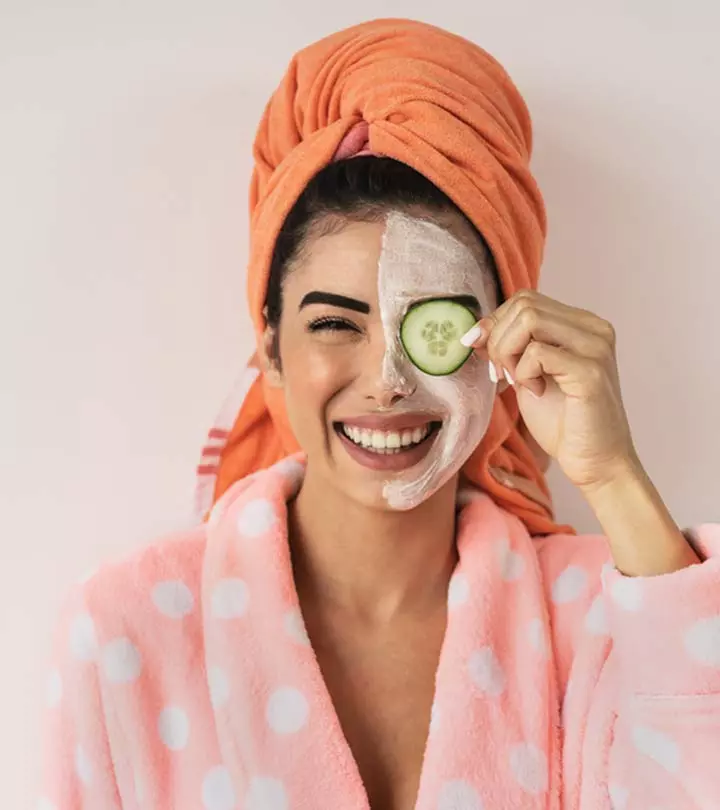
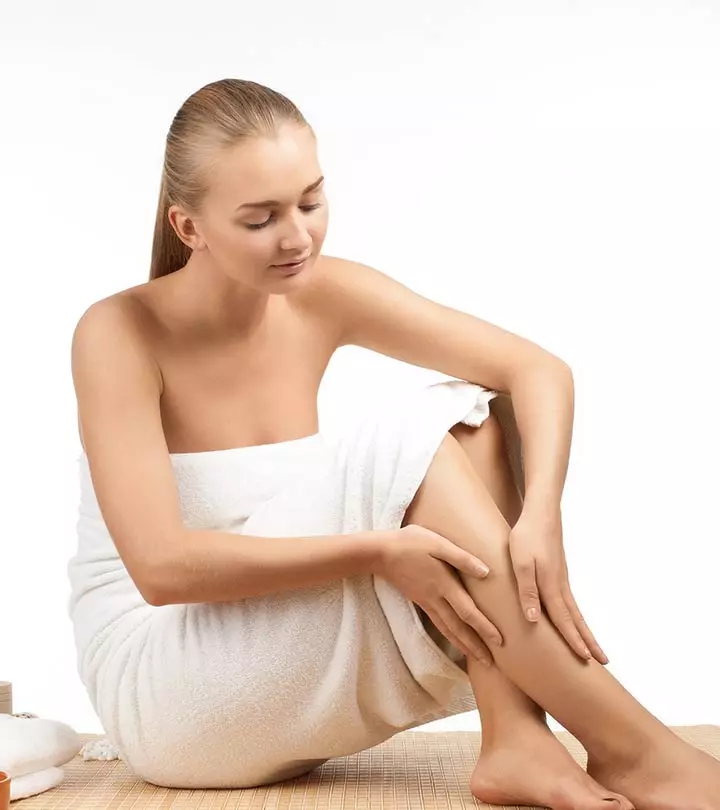

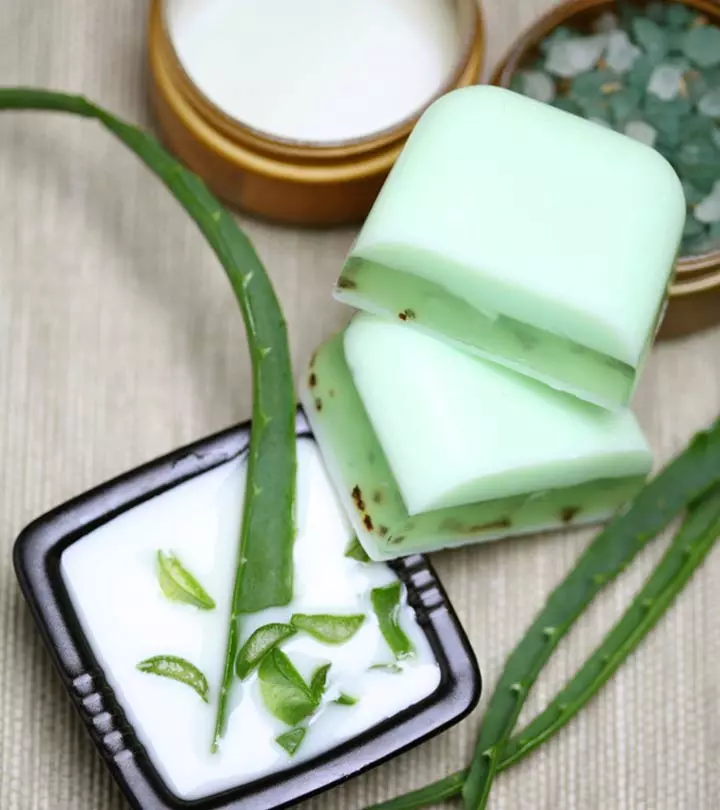
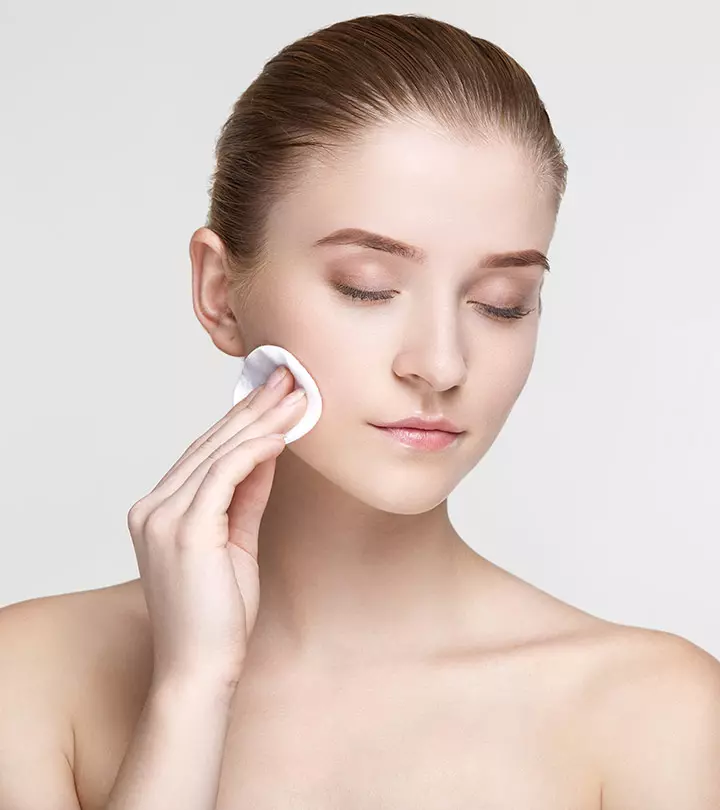

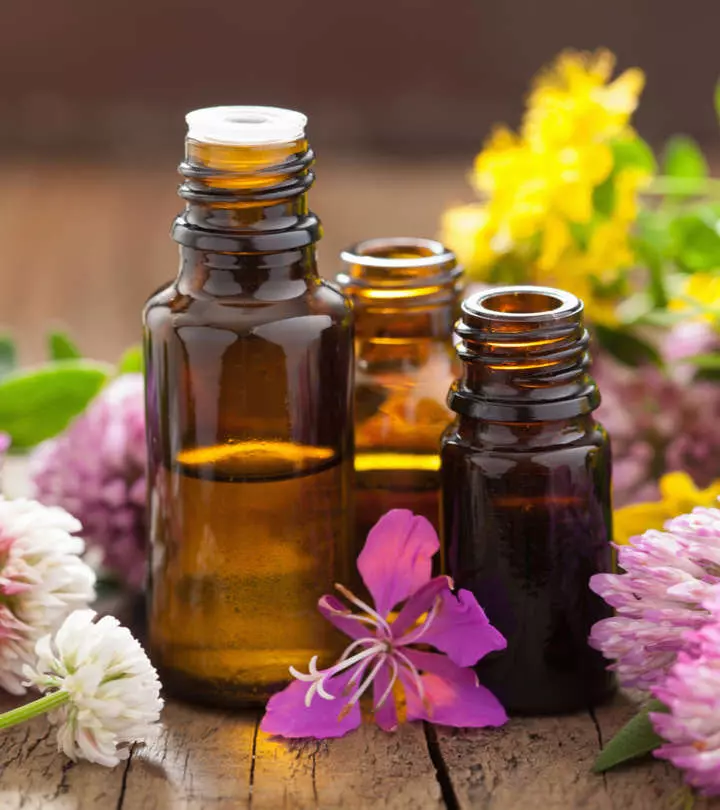


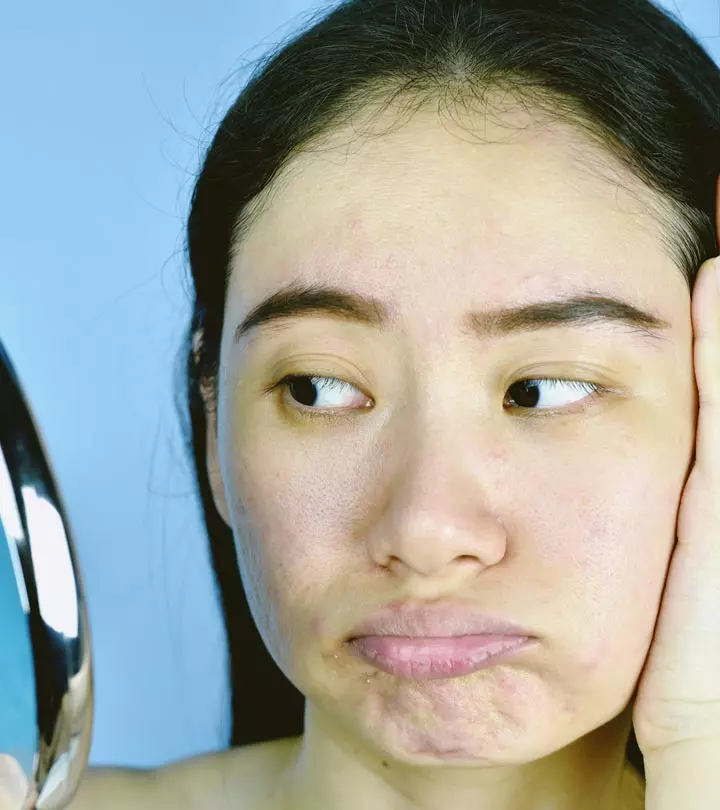
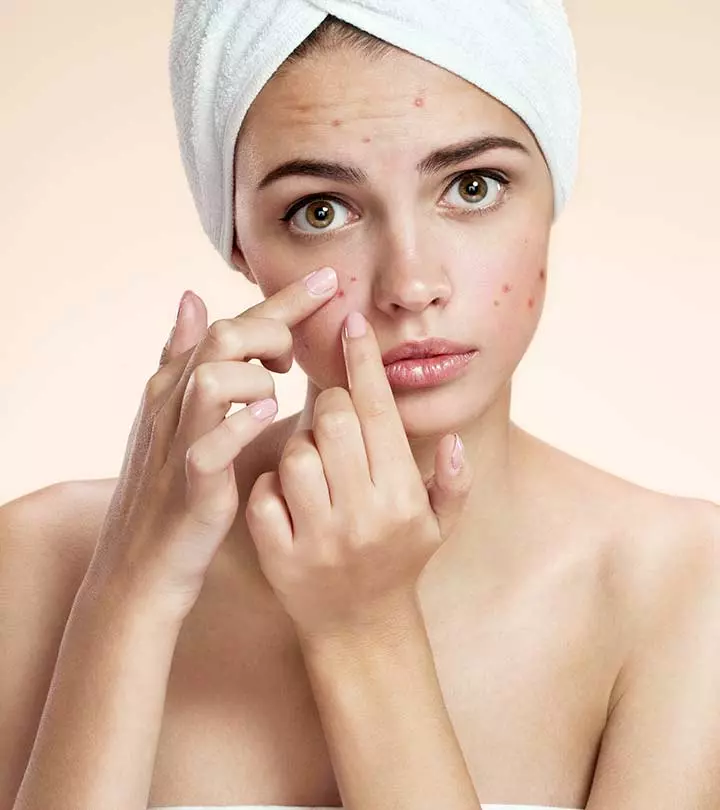
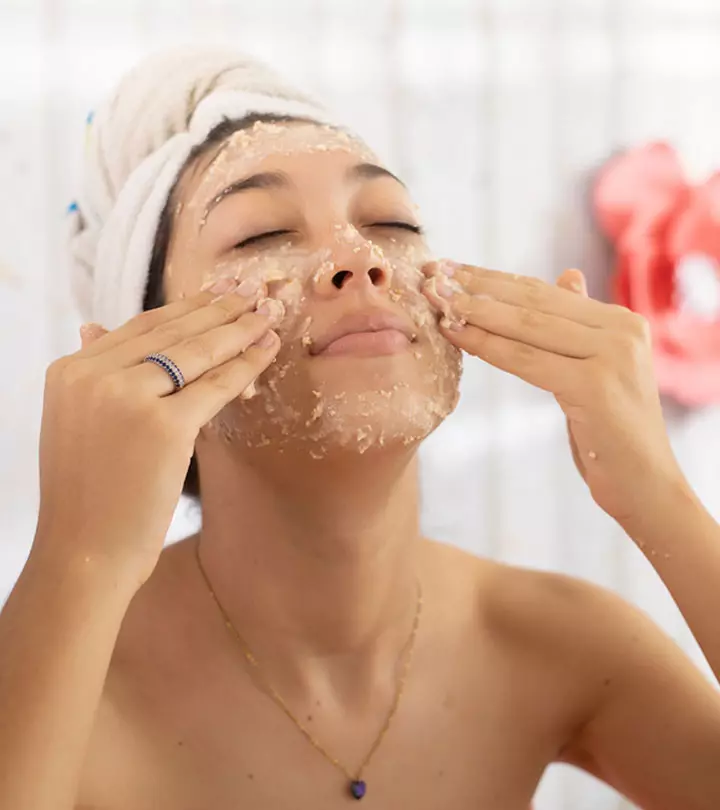

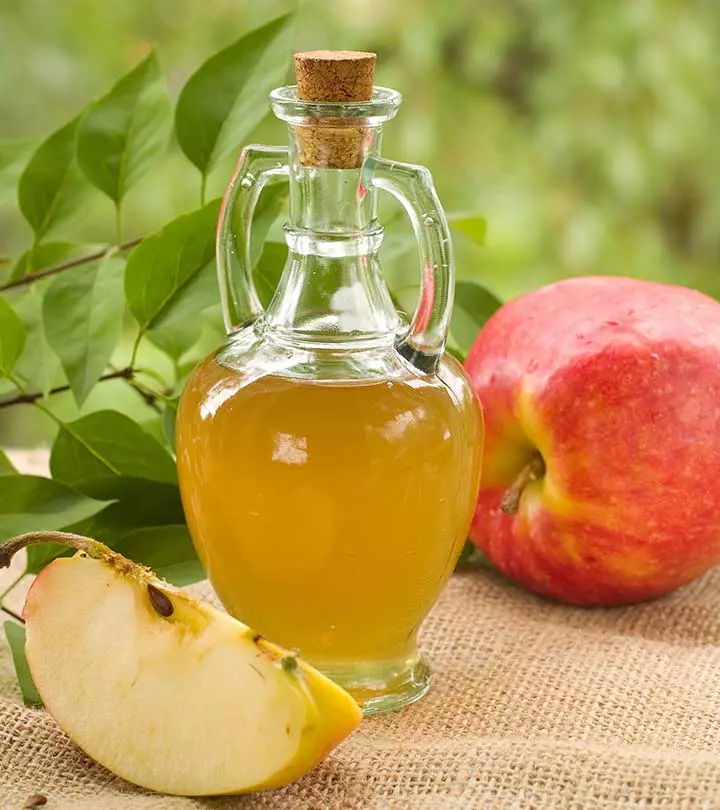

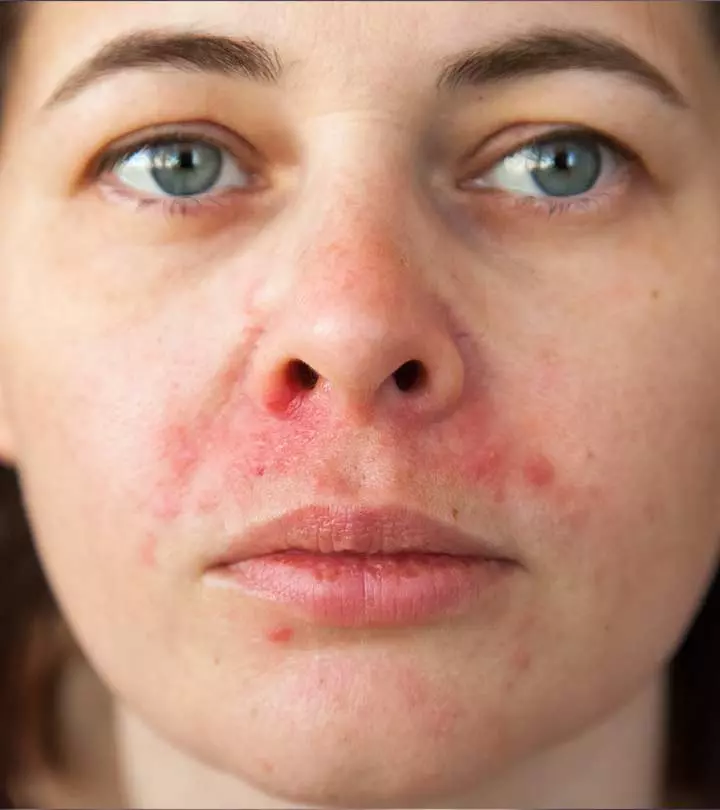
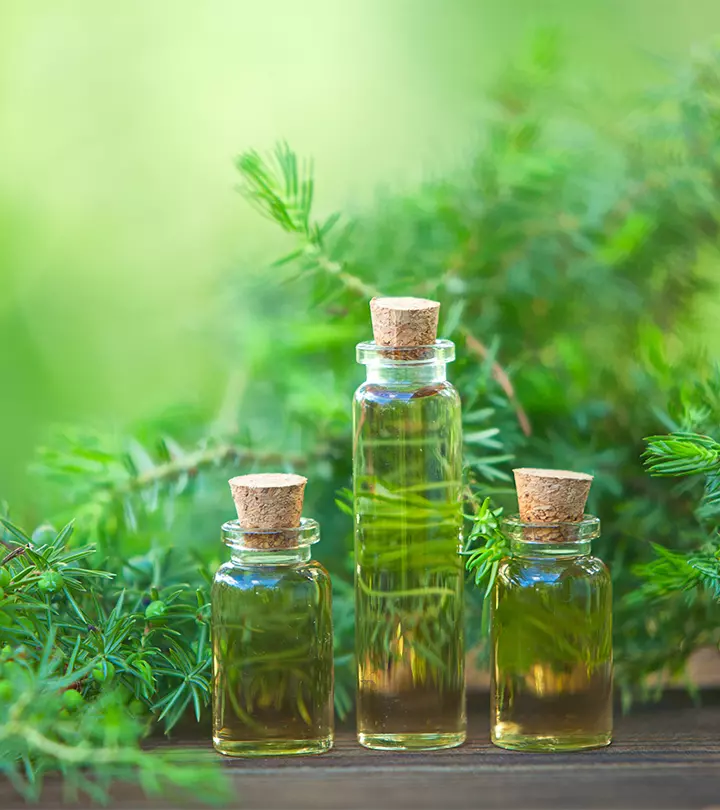

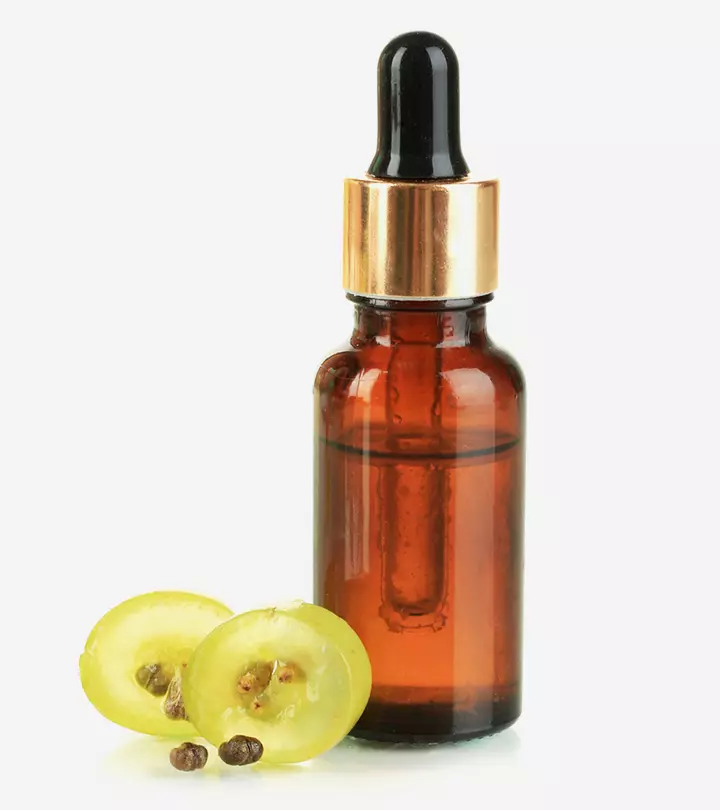


Community Experiences
Join the conversation and become a part of our empowering community! Share your stories, experiences, and insights to connect with other beauty, lifestyle, and health enthusiasts.